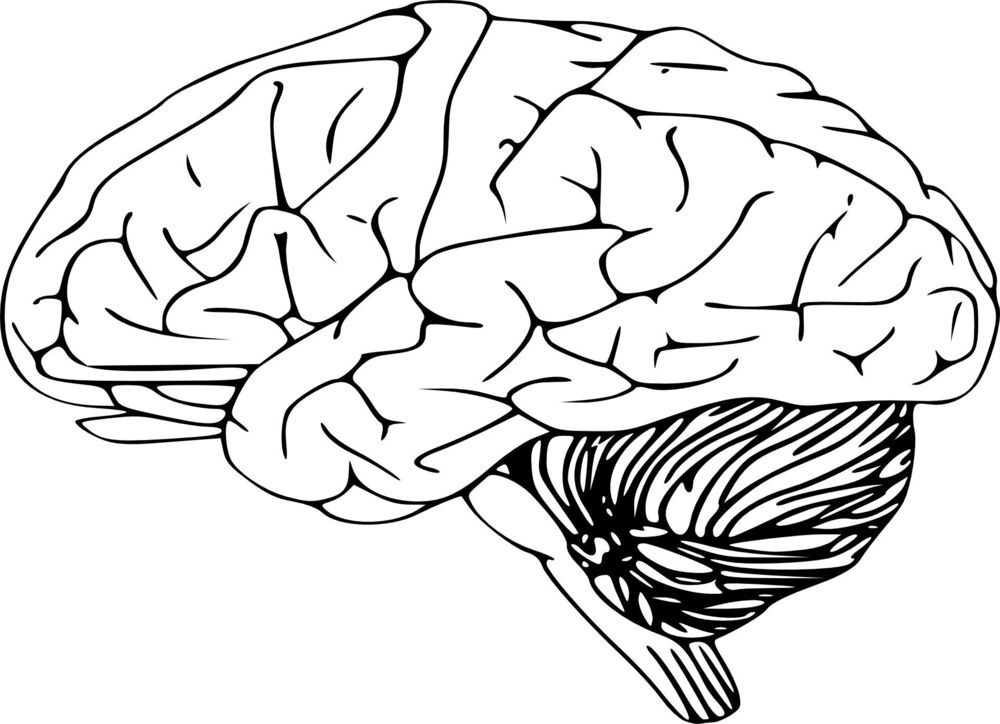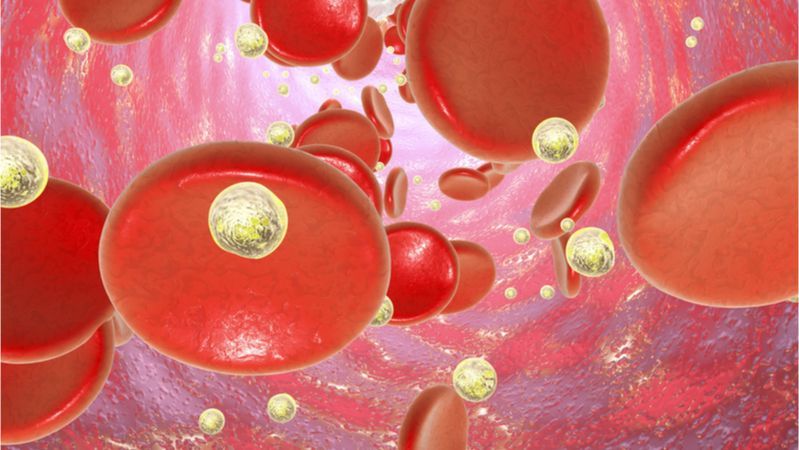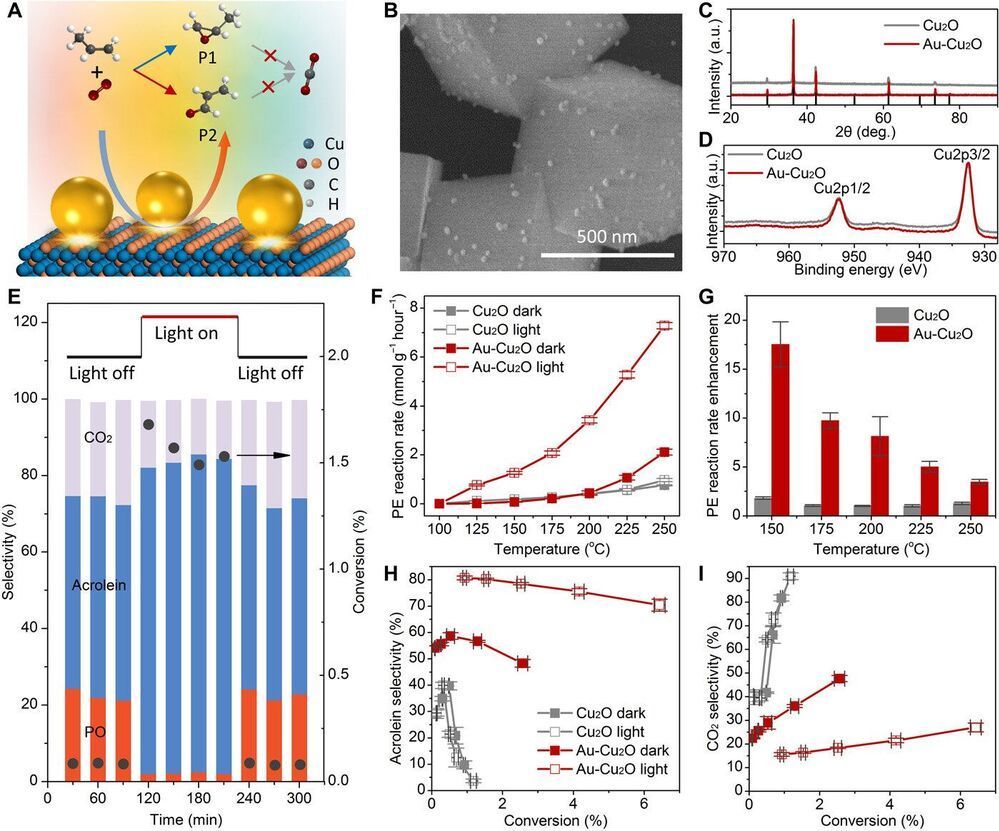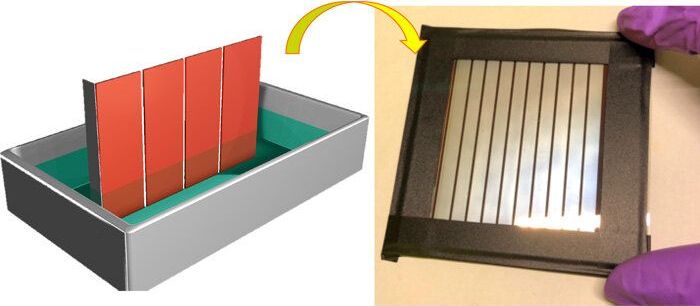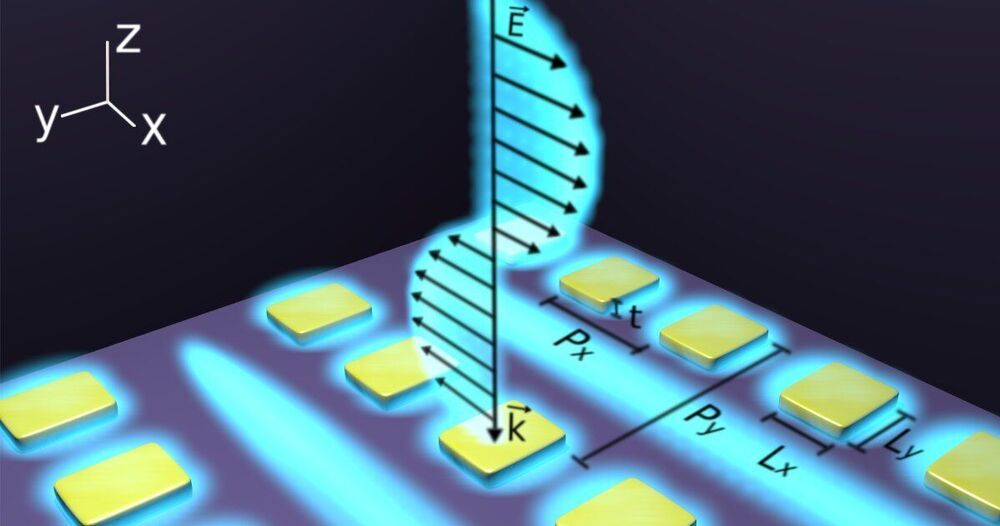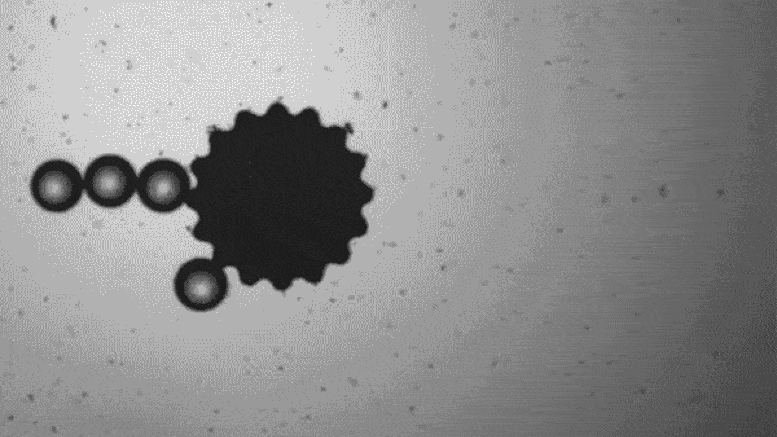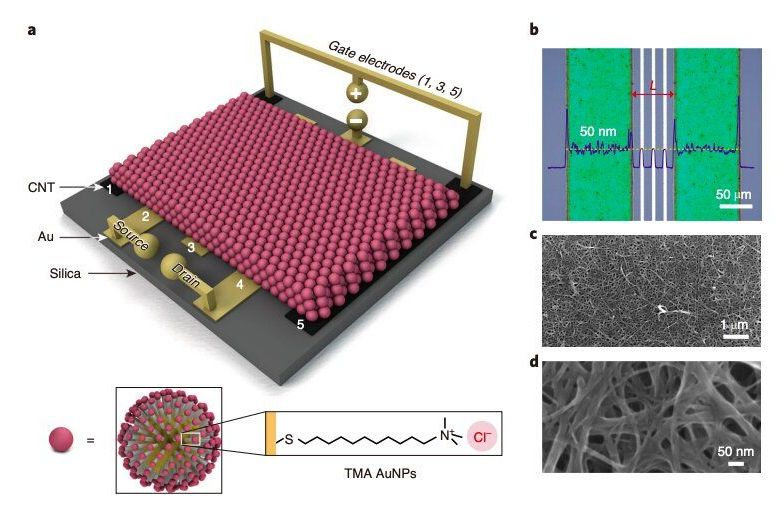Should interest those into links on aging/longevity and neuroscience.
The mammalian center for learning and memory, hippocampus, has a remarkable capacity to generate new neurons throughout life. Newborn neurons are produced by neural stem cells (NSCs) and they are crucial for forming neural circuits required for learning and memory, and mood control. During aging, the number of NSCs declines, leading to decreased neurogenesis and age-associated cognitive decline, anxiety, and depression. Thus, identifying the core molecular machinery responsible for NSC preservation is of fundamental importance if we are to use neurogenesis to halt or reverse hippocampal age-related pathology.
While there are increasing number of tools available to study NSCs and neurogenesis in mouse models, one of the major hurdles in exploring this fundamental biological process in the human brain is the lack of specific NSCs markers amenable for advanced imaging and in vivo analysis. A team of researchers led by Dr. Mirjana Maletić-Savatić, associate professor at Baylor College of Medicine and investigator at the Jan and Dan Duncan Neurological Research Institute at Texas Children’s Hospital, and Dr. Louis Manganas, associate professor at the Stony Brook University, decided to tackle this problem in a rather unusual way. They reasoned that if they could find proteins that are present on the surface of NSCs, then they could eventually make agents to “see” NSCs in the human brain.
“The ultimate goal of our research is to maintain neurogenesis throughout life at the same level as it is in the young brains, to prevent the decline in our cognitive capabilities and reduce the tendency towards mood disorders such as depression, as we age. To do that, however, we first need to better understand this elusive, yet fundamental process in humans. However, we do not have the tools to study this process in live humans and all the knowledge we have gathered so far comes from analyses of the postmortem brains. And we cannot develop tools to detect this process in people because existing NSC markers are present within cells and unreachable for in vivo visualization,” Maletić-Savatić said. “So, in collaboration with our colleagues from New York and Spain, we undertook this study to find surface markers and then develop tools such as ligands for positron emission tomography (PET) to visualize them using advanced real-time in vivo brain imaging.”
